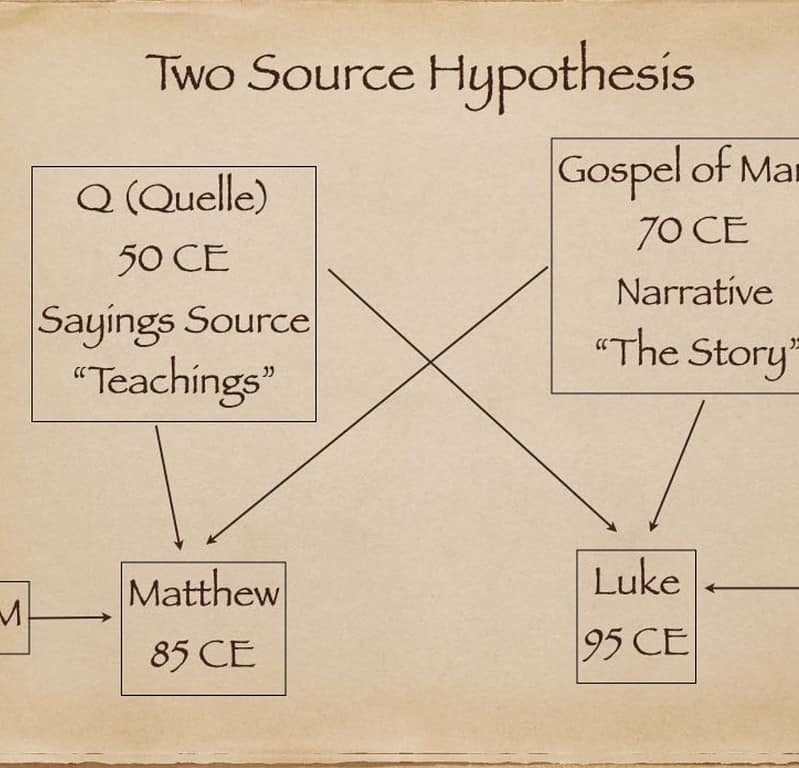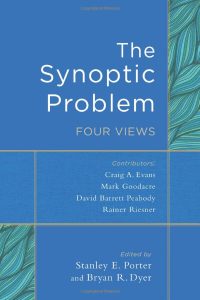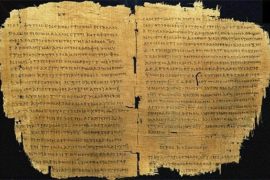
One of the fundamental challenges of any serious study of what scholars refer to as the “historical Jesus,” is to sort out the relationship between our three “Synoptic” gospels, which appear in the New Testament as Matthew, Mark, and Luke. They have a clear literary relationship–but the question of “priority” is fundamental. Did Matthew write first and then Luke and Mark compiled their accounts using Matthew as his source? That was the dominant view of the church until modern times, based on fragments we have of a 2nd century writer named Papias, but follow by Origen, Augustus and many others. This idea of “Matthew priority” is particularly associated with Johann Griesbach (1776).
However, beginning in the early 20th century the idea of Markan priority began to really take hold among most scholars. This view is especially associated with B. H. Streeter (1924), though other 19th century scholars had proposed the idea as well. The argument is that Mark was used as the core narrative source by both Matthew and Luke, who edit it quite differently, and that both had another common source–the material common between them not from Mark, often called Q (Quelle in German, meaning “source.”), plus each author used independent materials (M and L). This is sometimes called the Two Source Hypothesis–or by some the Four Source Hypothesis, as in the chart above. This is my working hypothesis and you can watch a slide-illustrated presentation of my own views here: “Mark Is our Earliest Jesus Story–How We Know and Why it Matters!”
 I highly recommend the marvelous little book edited by Stanley E. Porter and Bryan R. Dyer, The Synoptic Problem: Four Views (Baker Academic, 2016). (Kindle link). Arguments about the “Synoptic Problem” can easily become both confusing and polarizing, but this book is ideal. It includes contributions from Craig Evans, Mark Goodacre, David Peabody, and Rainer Riesner–each holding different views, but in dialogue and exchange with one another in a non-adversarial way. This is absolutely a must have book for anyone wanting to understand the basics of the academic study of our first three N.T. gospels. It allows one to cut through the confusion of various positions and why this or that person might hold one or the other.
I highly recommend the marvelous little book edited by Stanley E. Porter and Bryan R. Dyer, The Synoptic Problem: Four Views (Baker Academic, 2016). (Kindle link). Arguments about the “Synoptic Problem” can easily become both confusing and polarizing, but this book is ideal. It includes contributions from Craig Evans, Mark Goodacre, David Peabody, and Rainer Riesner–each holding different views, but in dialogue and exchange with one another in a non-adversarial way. This is absolutely a must have book for anyone wanting to understand the basics of the academic study of our first three N.T. gospels. It allows one to cut through the confusion of various positions and why this or that person might hold one or the other.
As an Amazon Associate I earn from qualifying purchases with no extra cost to buyers









Comments are closed.